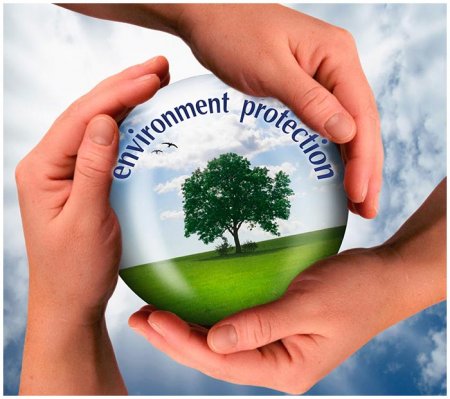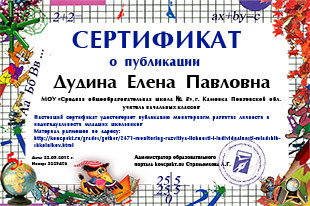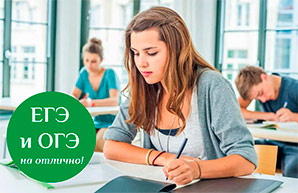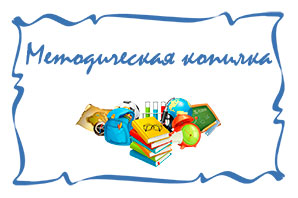Конспект интегрированного занятия по английскому и немецкому языкам "Защита окружающей среды"
Цели занятия:
- акцентировать внимание на проблемах экологии в Англии, Германии и России;
- систематизировать знания в употреблении лексических единиц по теме "Экология";
- способствовать формированию и совершенствованию иноязычной коммуникативной компетенции и расширению лексического запаса.
Оборудование: наглядный и раздаточный материал, доска, компьютер, мультимедиа проектор.
Ход занятия
I. Приветствие
H: Steht auf! Guten Morgen liebe Kinder!
A: Good Morning, children! Sit down , please. We are glad to see you.
II. Целеполагание
H: Heute haben wir eine ungewöhnliche Stunde. Wir haben ein interessantes Video fűr euch. Schauen wir uns den Bildschirm an.
A: Be attentive, please. After watching be ready to say what this video is about. (Видео)
- So, what have you understood from this video? (Ответ)
H: Versteht ihr die Aufgabe des Direktors? Ist alles klar? (Was sollt ihr am Ende des Unterrichts machen?) (Ответ)
A: And was the same information about what this company specializes in? (Ответ)
H: Versucht bitte zu raten. An derTafel hängen die Bilder und die Buchstaben, von denen ihr einWort machen sollt. (UMWELTSCHUTZ)
A: And what is this word in English? (Environmental protection)
III. Повторение лексики по теме
H: Seht euch die Bilder noch einmal an und findet eine passende Unterschrift zu jedem Bild.
A: You should find the name for the pictures both in German and in English.
Работа у доски, соотнесение.
IV. Развитие грамматических навыков. Словобразование
H: Hier ist die erste Aufgabe von dem Direktor. Macht bitte die Umschläge auf und lest die Aufgabe. Ist alles klar?
Change the words
There are many problems which________ our natural environment. Acid rain, ________ warming and air and water ________ are among the most serious ones. There are several___________ways to help improve the situation.
Firstly, we should encourage _________. In ________ countries it’s a usual practice to separate rubbish. Because it is the _________ of new materials which causes the most damage. We must learn to ________ things like plastic bags and glass jars.
Secondly, driving an environmentally-friendly car is also ___________.
Furthermore, joining an _______ which plants trees or cleans up beaches would be a proof that you are really concerned about the environment.
Lastly, supporting groups such as Greenpeace, which try to prevent many _______ disasters, would help to ensure that our planet will be clean and safe for the future generations.
Threat, globe, pollute, effect, recycle, Europe, produce, use, organize, environment.
V. Развитие навыков аудирования
A: In this text it was mentioned about recycling, wasn’t it? Let’s watch the video how rubbish is sorted in Germany. (Просмотр видео)
VI. Игровая ситуация
H: Und jetzt versucht bitte das selbst!Hier gibt es spezielle Műlltonne und verschiedene Bilder. Nennt bitte was auf diesen Karten gezeigt wird. Dann műsst ihr Bilder, auf denen Műll abgebildet ist, in einen Container mit einer geeigneten Farbe legen.
A: Let’s check.
VII. Развитие навыков чтения
A: And now the second task from the Firm director.
H: Lest bitte den Text auf deutsch und antwortet auf die Fragen auf Englisch.
Der junge Umweltschűtzer
Mit neun Jahren hatte Felix Finkbeiner aus Bayern die Idee, mit Kindern in der ganzen Welt Bäume zu pflanzen. Seine Eltern, Schwestern, Lehrer und Mitschűler haben ihm geholfen. Sie haben in anderen Schulen űber dieser Projekt erzählt, eine Webseite gemacht und Sponsoren gefunden. Den ersten Baum haben sie am 28. März 2007 gepflanzt. Ein Jahr später, am 22.
April 2008 waren es schon 90 000 Bäume. Heute hat seine Umweltorganisation ”Plant for the Planet” in Deutschland mehr als eine Million Bäume gepflanzt und ist in etwa 193 Ländern aktiv. Felix hält Vorträge in der ganzen Welt. Sein Ziel: in jedem Land eine Million neue Bäume. Eristjetzt 21 und hat mit seiner Initiative "Plant-for-the-planet" und Partnerorganisationenrund 14 MilliardenBäume in den ganzen Welt gepflanzt.
VIII. Развитие навыков говорения
A: Are you ready to answer the questions? Let’s start!
- What idea did Felix have when he was 9?
- Who helped him?
- How did they do it?
- When did they plant the first tree?
- What is the name of Felix organization?
- What is the aim of Felix now?
- How many trees did his organization plant throughout the world?
IX. Проектная работа
H: Und jetzt die letzte Aufgabe! Wartet ihr auf sie? Das ist sie! Petja, lies bitte die Aufgabe. Ihr habt den Text űber das Projekt von Felix gelesen. Was könnt ihr fűr die Umwelt tun? Macht bitte ein Projekt von jedem Team. Benutzt den Plan!Habt ihr die Fragen?
Ihr habt 3-5 Minuten. Die Projektarbeiten werden in der Klasse präsentiert.
A: For your Team this task is in English, and for yours is in German.
|
Plan:
|
Plan: |
X. Заключительный этап - презентация проектных работ. Рефлексия
H: Leider ist unser Unterricht zu Ende. Ich glaube, wir haben heute sehr gut gearbeitet.
Wir haben heute viel über Umweltschutz erfahren, nicht wahr? Was war neu für euch?
Welche Aufgaben hat euch besonders gut gefallen? Danke für die Arbeit!




